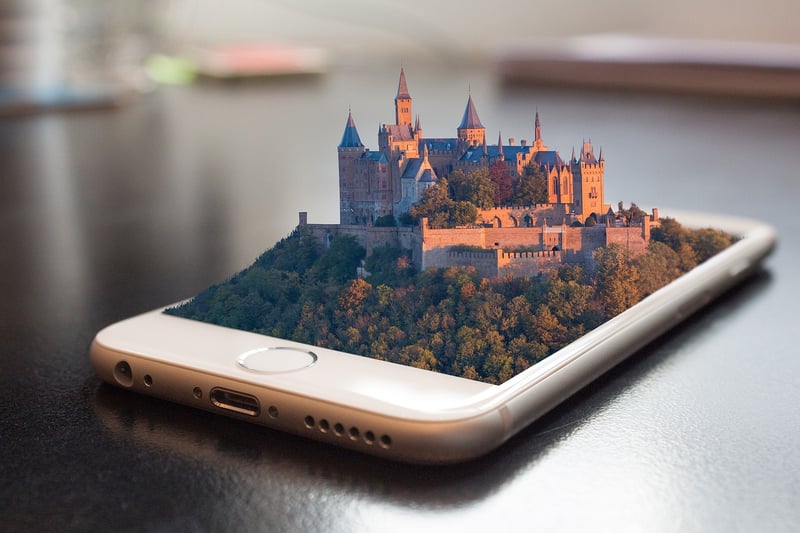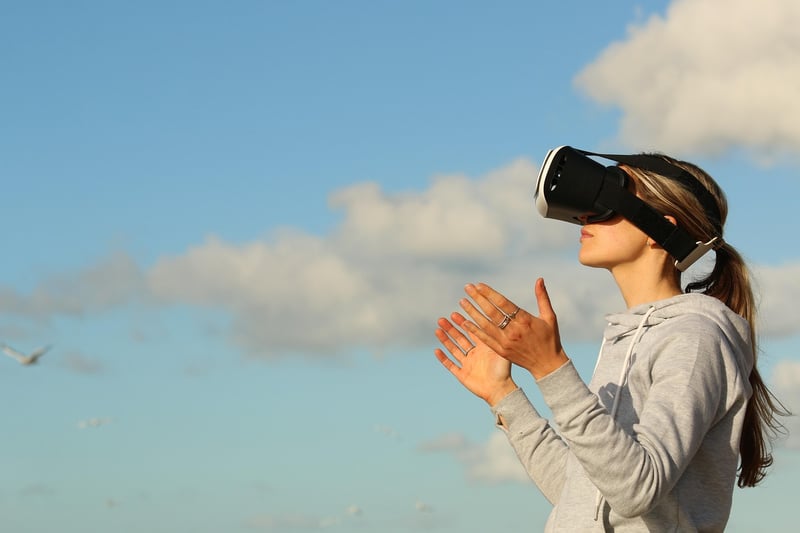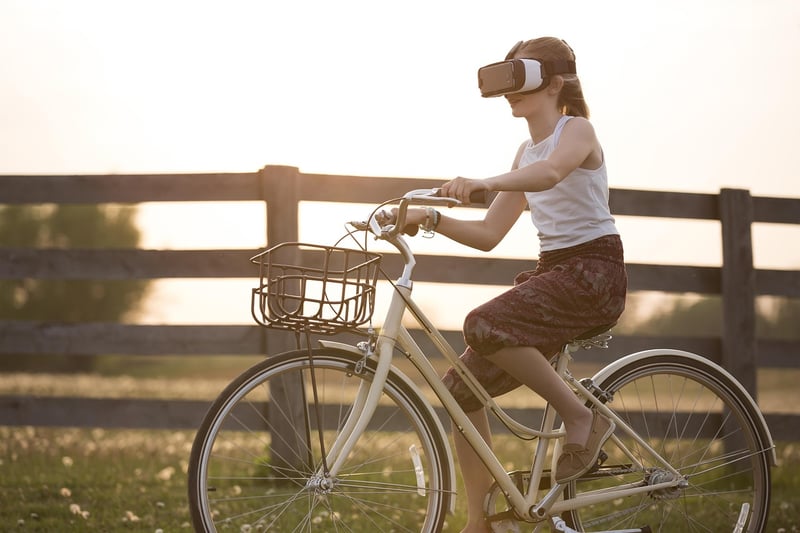Alternate Realities
The Intersection of Innovative Technologies and Alternate Realities
In recent years, the convergence of innovative technologies and alternate realities has opened up a world of possibilities, pushing the boundaries of what we thought was once impossible. From virtual reality (VR) to augmented reality (AR) and mixed reality (MR), these immersive technologies have transformed how we interact with the world around us.
Virtual Reality (VR)
Virtual reality places users in a completely digital environment, providing an unparalleled level of immersion. Through VR headsets and controllers, users can explore virtual worlds, play games, attend virtual events, or even undergo virtual training simulations. The technology has found applications in various industries, including gaming, education, healthcare, and architecture.

Augmented Reality (AR)
Augmented reality overlays digital content onto the real world, enhancing our perception of reality. AR is commonly experienced through mobile devices, allowing users to see digital information superimposed on their physical surroundings. AR has been used for interactive marketing campaigns, navigation apps, and educational tools.

Mixed Reality (MR)
Mixed reality merges elements of both VR and AR, creating a hybrid environment where digital and physical objects can interact in real-time. MR devices like Microsoft HoloLens enable users to see and interact with holograms in their physical space, blending the virtual and real worlds seamlessly. MR has promising applications in fields such as design, engineering, and telecommunication.

The Future of Alternate Realities
As technology continues to advance, the future of alternate realities looks increasingly promising. Innovations in artificial intelligence, haptic feedback, and spatial computing are poised to further enhance the immersion and realism of VR, AR, and MR experiences. These technologies have the potential to revolutionize how we work, communicate, learn, and entertain ourselves.
Whether it's exploring distant planets in VR, visualizing architectural designs in AR, or collaborating with colleagues in MR, the intersection of innovative technologies and alternate realities is reshaping our perception of what is achievable in the digital age.
Embrace the journey into alternate realities, where the boundaries between the physical and digital worlds blur, offering endless possibilities for creativity and exploration.
